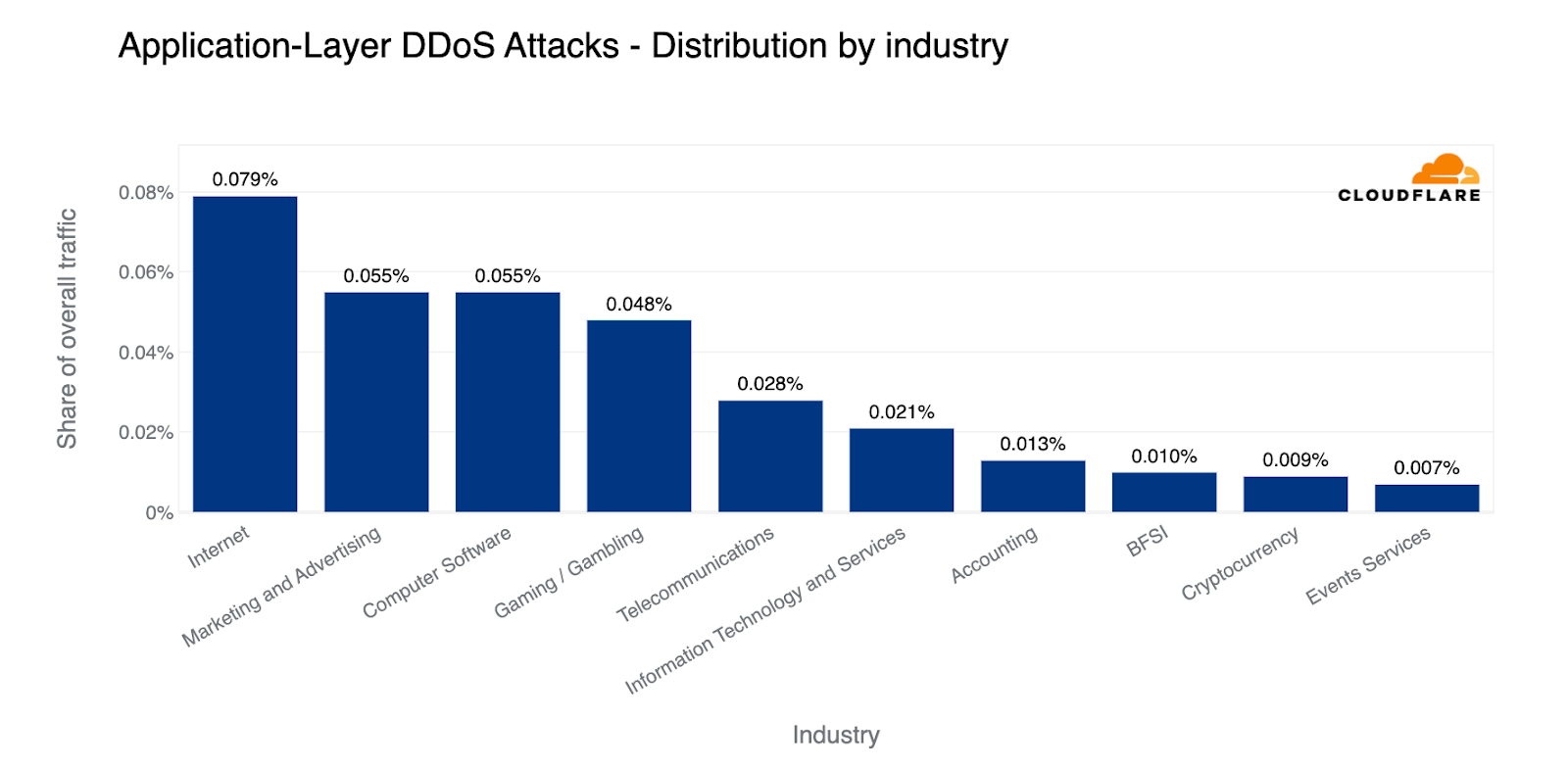For most CIOs and CISOs, the waiting time for adopting Zero Trust strategy is over. The fact that businesses are constantly facing ruthless attaches from everywhere, it is time to supercharge security frameworks against threats related to DDoS attacks. Security enablement company Cloudflare has arrived with DDoS Threat Report highlighting the size and volume of such attacks and how industries have fared against these attacks in the recent times. Here are some notable findings published in Cloudflare’s DDoS threat report 2023.
Recommended: Benefits of Embracing Edge Computing for CIOs
Rise in the Volume of High-performance Bot Attacks Using VPS
Cyber attackers are minimizing their dependence on devices to launch DDoS attacks. These super-performance bots rely on Virtual Private Servers (VPS) that have replaced the Internet of Things (IoT) devices. When attackers gain access to unpatched VPS links, they can easily launch DDoS attacks using leaked API credentials. These botnets react quickly in launching high-volumetric attacks disabling even the best security frameworks once they gain access through Virtual Private Servers.
Sophisticated Attacks now Target DNS and UDP Traffic
Cloud blockades and internet downtime are common these days! Attackers are surfacing new types of attacks launched on the foundation of cryptographic DDoS, targeting critical IT infrastructure in some of the biggest organizations. These risk safety and data governance in healthcare, airlines, energy management, retail banking and education sectors. In fact, internet companies and telecom companies are top targets on cyber-attackers’ hitlist.
What’s changed in the last one year?
The emergence of botnets to activate DNS DDoS attacks.
Hyper-volumetric DDoS attacks have peaked in the recent months. These attacks are purposefully designed to target and overwhelm internet networks and security scrubbing infrastructure with a very high volume of traffic. These attacks could last between 10 seconds to over 30 minutes– longer the attack, bigger is the threat of your internet services being eroded permanently. DDoS attacks of higher-volumetric range consume phenomenal bandwidth in serving the target service users through the internet. When the high-performance botnets are used to launch these attacks, your target network infrastructure is likely to collapse.

There are five major types of volumetric attacks:
- ICMP Flood
- IC/ICMP Fragmentation
- IPSec Flood
- UDP Flood
- Reflection Amplification Attacks
According to Cloudflare, ransom DDoS attacks grew steadily by 60% YoY, however, these attacks were steadier and mild compared to last year. 16% of the respondents were attacked by a Ransom DDoS. Broadcasting agencies and non-profit organizations were the biggest ransomware targets.

A majority of these attacks originated from Finland, while a large percentage of HTTP DDoS attacks targeted Israeli firms and US-based organizations. Finland was also the main target of network-layer DDoS attacks.




